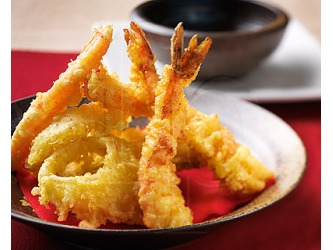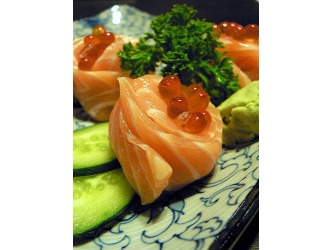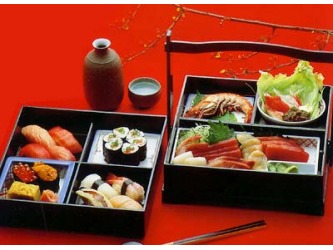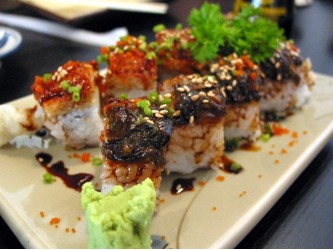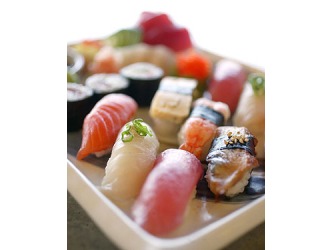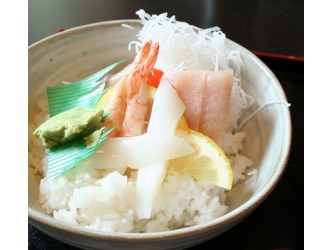Food
Preferences of Japanese
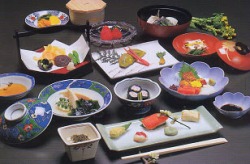
Japan has a varied national cuisine, which included sashimi, tempura and sushi. However, the majority of Japanese prefer ramen and soba. Yakiniku is another favourite Japanese meal. This dish is Korean in origin and it is often referred to as a type of indoor barbecue. Sometimes the meat is marinated in a spicy or chilli sauce. Another famous meal is 'Okonomiyaki', which is sometimes referred to as a 'Japanese pizza'.
The Japanese give preference to fresh food, especially important in regard to fish, meat and vegetables. The Japanese diet is relatively high in meat and fish, so such products are important. Through busy consumer lifestyles, the Japanese consumers have the desire to buy products, which are marketed as "easy to prepare". Nearly a third of all food sales in Japan are made through supermarkets. However, other distribution channels, such as convenience stores and vending machines are also gaining importance and popularity in Japan.
Change in eating habits
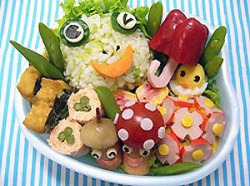
There is a change in the eating habits of the Japanese, especially with the introduction of various foreign cuisines, which have been gaining popularity among Japan over the recent years. For example, curry dishes. There is also an increasing demand for takeout meals and obentoo (prepared ready meals), which is caused by the fact that more people have a busier lifestyles and do not have time for cooking.
Business meals
"Settai" is a form of entertainment, where the Japanese will bring their guests to extravagant restaurants to hold their business discussions. Green tea is served to start the meal with a light conversation. However, it is deemed to be rude to discuss business during meals. Thus, any discussion of the business during meals are avoided. The Japanese will order fish or meat to show their status as fish and meat are the most expensive food in Japan. Fish or meat will normally be accompanied by rice, soup and vegetables to complete the meal.
The Japanese treat meal as a form of art. Therefore, the appearance of the food is as important as the taste of the food.
